by J.M. “Essie” Esterhuizen and M. Bruce Bayer
Introduction.
Apart from the vexing question of species delimitation, there is a truly curious phenomenon in how the species interact spatially and also behaviorally. The authors here believe in a systems approach as the only rational approach to Haworthia. With H. floribunda as part of one system (viz. with H. variegata, H. chlorocantha and H. parksiana), H. retusa is another (viz. with H. turgida, H. mirabilis, H. pygmaea, H. mutica and probably H. emelyae). Within these two systems there is secondary interaction and we are trying to unravel the role of the two prime elements with H. mirabilis (as a secondary in the H. retusa system). Bayer has discussed floribunda in HaworthiaUpdates.org and it is not necessary to repeat that here. In this article we are only dealing with single populations of H. floribunda and H. retusa that occur contiguously at a locality SW of Riversdale where they were located by Essie. H. mirabilis does occur 600m to the south-east as a discrete population in a kaolinite exposure site as opposed to the rocky more stable nature of the H. floribunda/H retusa site. It is important to note two things:
- This locality is southwest of multiple discrete populations of H. mirabilis as well as H. retusa, while …
- It is the only known occurrence for H. floribunda south of the N2 highway from west of Heidelberg to beyond Albertinia.
Preamble.
This is neither a taxonomic and nomenclatural debate nor any attempt to explain how these things came about. It is simply the synthesis of the experience of two field enthusiasts and explorers trying to rationalize what they observe in the field. Trying to make sense of many latin names. It is Essie’s suggestion that H. floribunda and H.retusa interact at a deep level and that H. retusa becomes rougher and darker where the two are in close proximity. They do flower at different seasons with a general and approximate 4 month time barrier. Bayer on the other hand suggests that the two species definitely do produce hybrids despite difference in flowering time (observed in several places as isolated individual hybrids). The apparent roughening and darkening observed in H. retusa is more likely to be consequent to a deeper direct connection with H. mirabilis that may have nothing to do with hybridization. As observed elsewhere, hybridization seems to be a convenient excuse to explain phenomenon that have no other obvious origin. What then happens when H. retusa and H. floribunda virtually share habitat here SW Riversdale.
To understand the situation better we have to look at that H. mirabilis population mentioned to the south (MBB6651). I personally have no photographs because I saw the population before I had a digital camera. But I grew them from seed and the accompanying pictures show the incredible variation that suggests an interaction of the retusoid, the mirabiloid and the floribundoid. Essie made a special excursion to obtain 3 field photographs.
The plants.
Multiple photographs of the two species accompany this discussion. H. floribunda can be seen to be H. floribunda with perhaps one notable exception that could be dismissed as a hybrid with the greener coloured H. retusa. The H. retusa plants on the other hand do show some variation. The plants are smaller and generally greener than is the case with other nearby populations.There are indeed some plants on the much darker side and this is where an important distinction may be made between the retusoid and the mirabiloid factions (also spring vs late summer flowering) of a single system. The retusoid system is characterized by light coloration with yellows greens and pinks, while the mirabiloid faction is darker green to blackish green with rusty reds and browns. Two plants are shown from an essentially retusoid population about 33m north.
Conclusion.
We do not draw any conclusion from this single location that simply adds fuel to our belief in system and that far less formal names are needed to explain the incredible complexity and high degree of variation. (Note to writer … “Keep it simple, stupid”.) We are further suggesting that all these varied populations are elements of just two complex species systems, and not the fragmented cherry-picked elements that the many Latin names suggest.
Footnote by MBB.
It is necessary to write something about Essie Esterhuuizen because whether he knows it or not, he has made an incredible contribution to Haworthia by field exploration that is beyond extraordinary and exceptional. I asked him of he could explain his dedication and commitment to Haworthia and this is what he wrote …
“I was fortunate to have grown up in Heidelberg in the Western Cape. As children we spent most of our time playing in the veld around the town. From a very early stage I was thus exposed to Haworthia and needless to say it formed part of the plants on our rockery. Because of their small size I kept 8 different plants in my so called “collection” which I regarded as a collection of notice. Around 1982 I visited the Karoo Botanical Gardens to see if I could find names for the “small aloes” on the rockery when Bruce at that time the Curator of the garden showed me the garden’s collection. Suddenly I realized that if I want to continue with my hobby – the challenge is humongous.”
Now Essie is Afrikaans speaking and Afrikaans is a language very dear to me because it is what I refer to as a heartfelt language – a language of real people and not like English that is used and abused by many cultures and castes. So I asked Essie to rather write in his home language and leave it to me to try to extract the really personal essence of his interest and opinions. So translated by me, this is what he says…
“I am not a scientist, a collector, or a nurseryman – just a plain field observer. In my first field excursion involving the name heidelbergensis, I was shocked to find that what was known and written about these plants was just a drop in a bucket. Just judging and identifying plants on the basis of what is written, or in collections, does not reflect what the situation is in the field. On the other hand, to explain what one observes in the field verbally or in writing is extremely difficult. Field observation becomes like a treasure hunt. When you think you have found some sort of answer, you find another clue to lead you on.”
The crux of the matter is that it is extremely difficult to articulate what is meant in this last sentence. By putting our heads together we agree that there is pattern in this very complex system, as we have just explained in the article “Last Hurrah”. We have planned to collaborate in presenting the evidence for the continuity we say exists within and between two species systems. Essie’s final sentence reads …”For me my observations will never come to an end … the challenges are too great, continuous and wide ranging”.
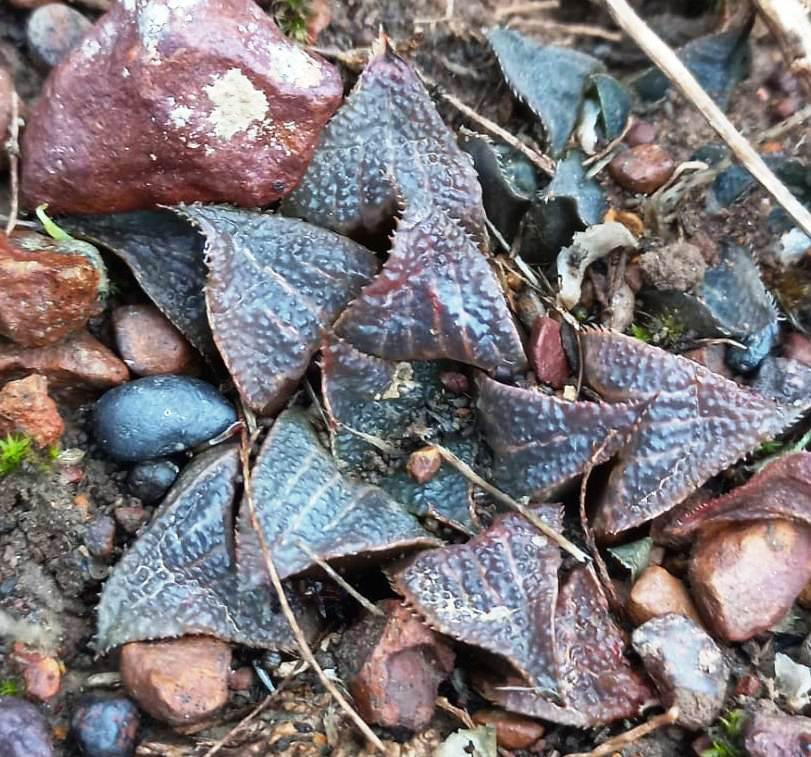
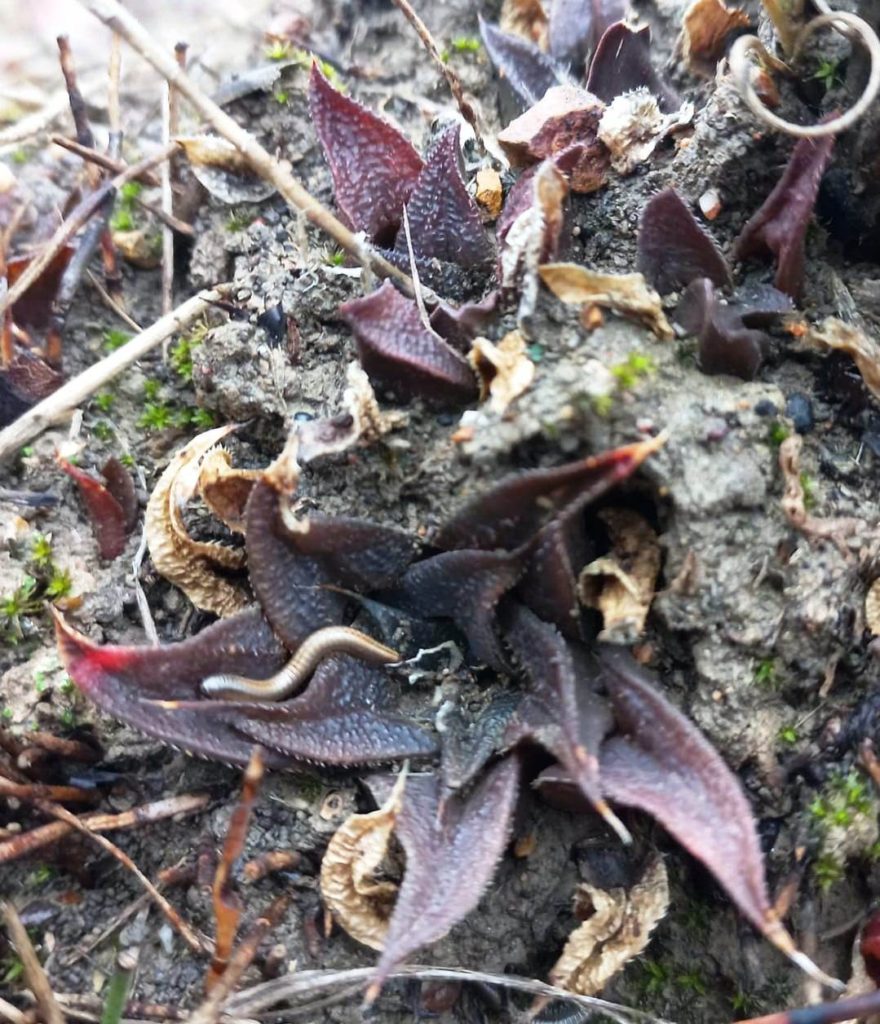

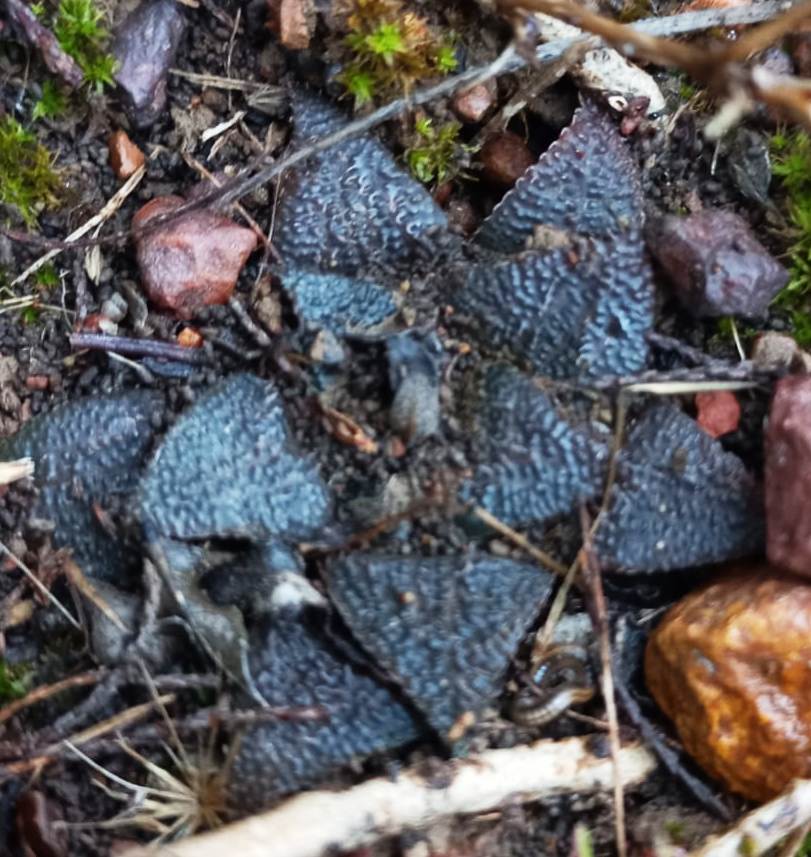
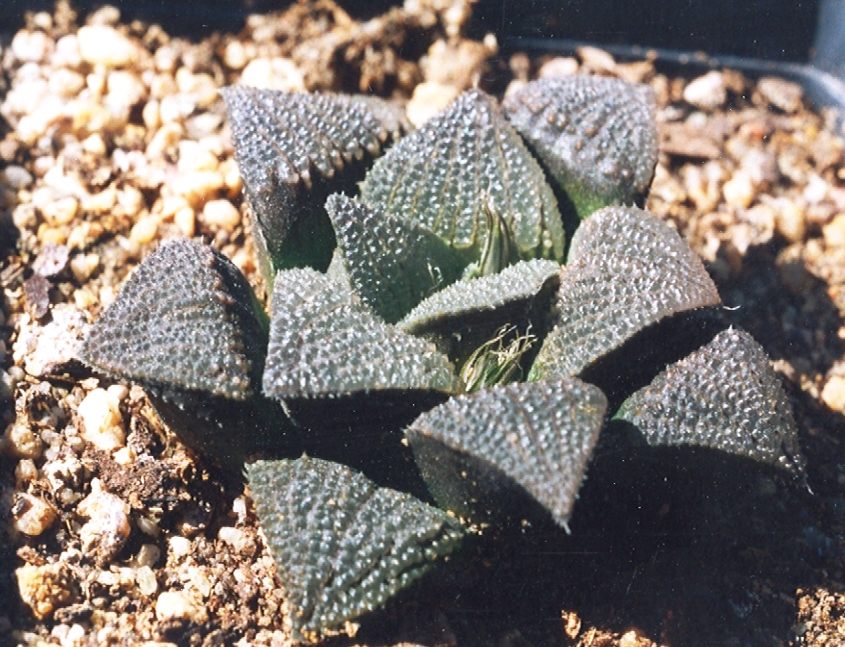
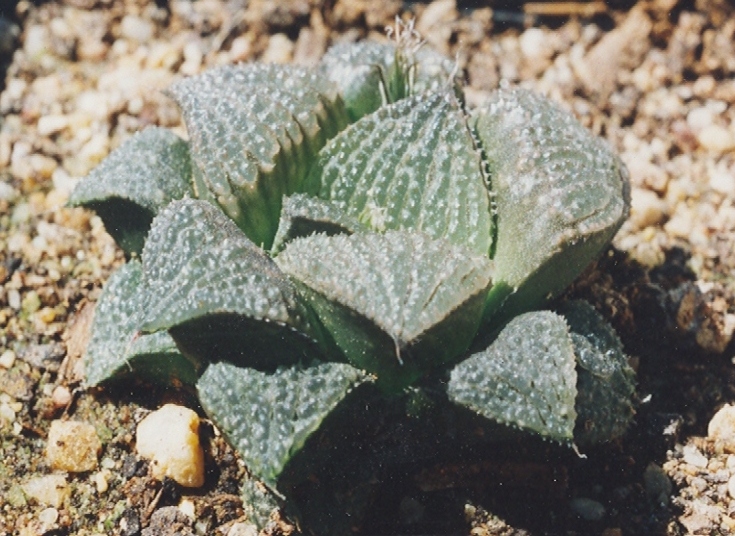
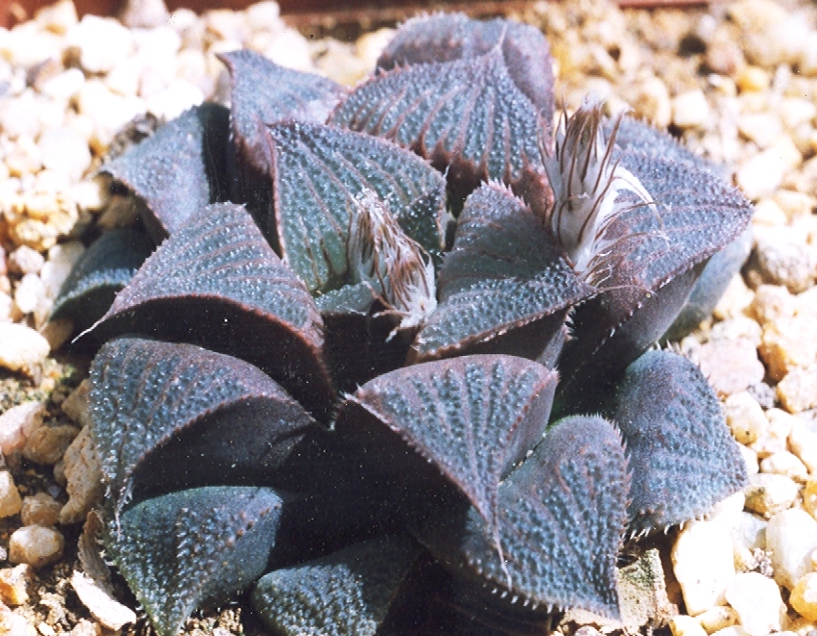
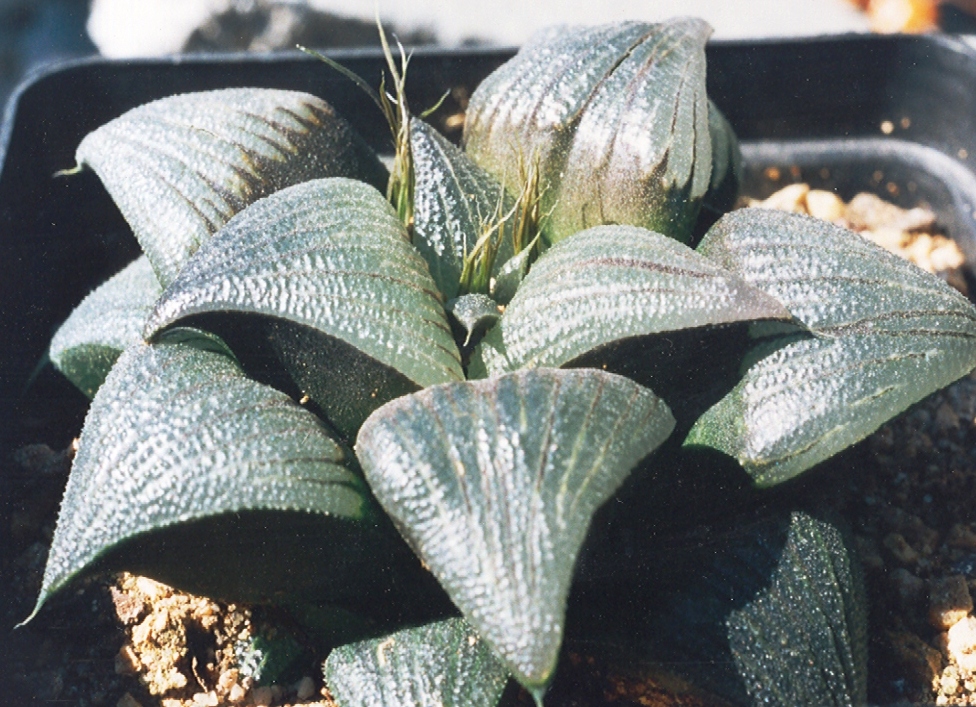
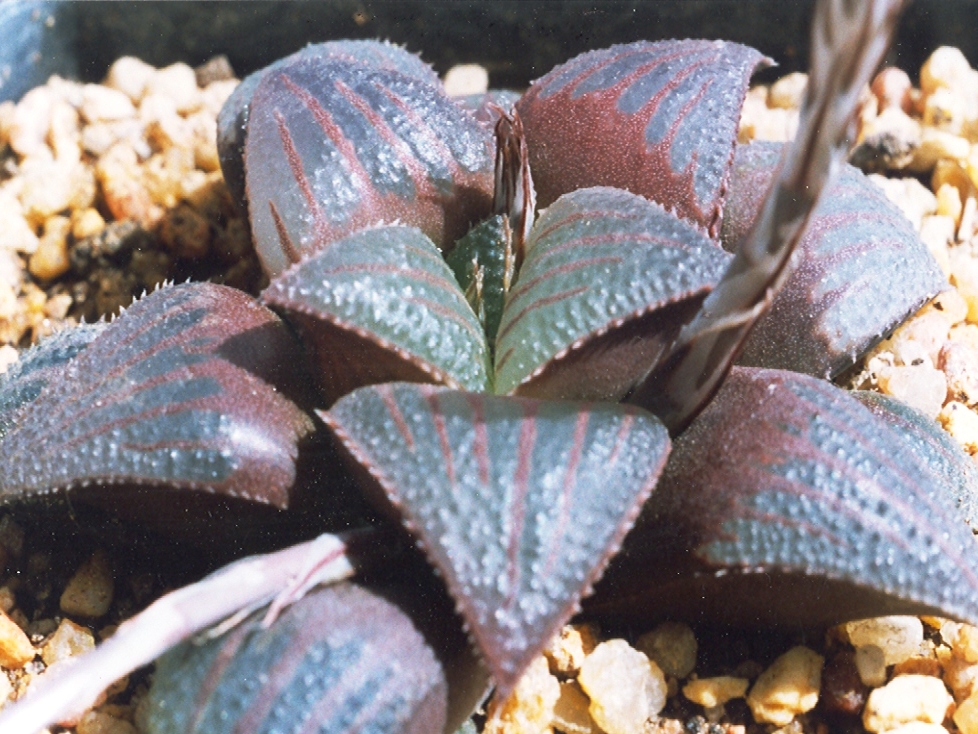
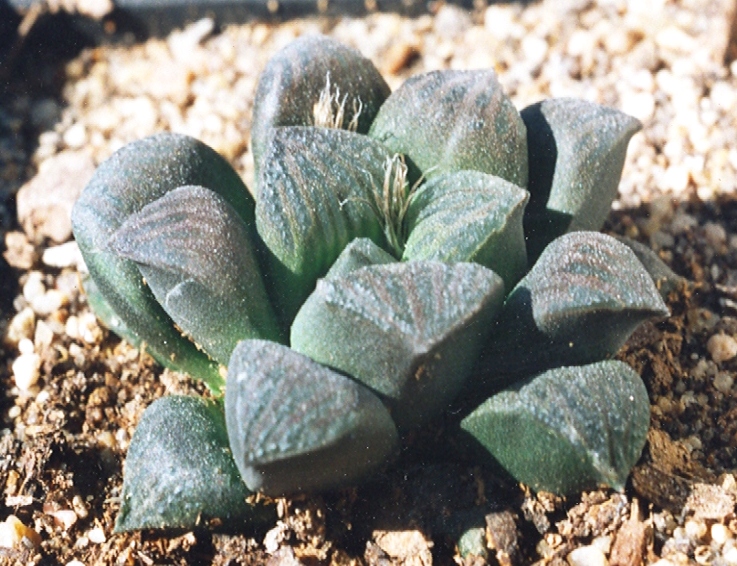
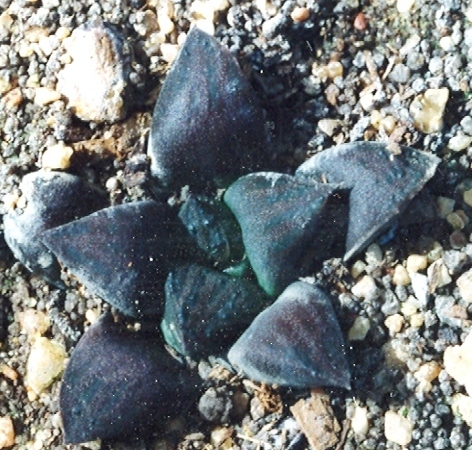

A note on a H. floribunda and H. retusa interaction was written by Bruce Bayer based on the opinions, observations, and exploration of Essie Esterhuizen.
